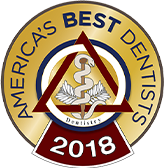Getting Braces – Is Easier Than You Think!
Get a clear and straight smile with braces. Biting issues, speech defects, alignment issues, or any other dental issue, braces can take care of them! To get the braces today from the best orthodontist in Miami, contact us today!

WELCOME TO IVANOV ORTHODONTICS, YOUR NEIGHBORHOOD ORTHODONTIST
I’m doctor Pavel Ivanov an orthodontist with IVANOV Orthodontics. My focus as one of Miami’s leading orthodontic specialists is to ensure my patients receive the highest quality of care to treat the many symptoms of crooked, gap teeth and bite problems without the complicated surgeries or pain. Thus, improving patient quality of life. At our Miami orthodontic center, I offer effective and enduring treatments for crooked, gap teeth and bite problems. I’m eager to provide my patients with the best results, so I’m constantly pursuing the most innovative dental braces and Invisalign treatments. Every solution that I offer for your teeth alignment is pain free and it will allow you to return to activities you love immediately. Many major dental insurances offer coverage for dental braces and you can get your insurance verified in one easy step by giving us a call at 786-540-1919. One of our insurance specialists will help you get verified and book an appointment at your earliest convenience. When you visit our orthodontic center for your appointment, I will perform a thorough orthodontic evaluation. Together we will develop customized treatment plans based on your specific needs. And schedule dental braces installation procedure right away. If you are ready to learn more about what I can do to treat misaligned teeth and bite problems book a consultation by giving us a call or visiting www.ivanovortho.com. I look forward to meeting you and making the misaligned teeth and discomfort a thing of the past.
We care about your wellness and experience and we want you to be well informed of choosing the right braces dentist.
AMERICA'S TOP DENTIST

How Are Braces Installed?
When it comes to wearing standard metal braces, the application process is quick and easy. Have a look at the step-by-step explanation on how braces are applied:
– Initially, your doctor will place bands on your back molars if needed. This often comes with some pressure, but no pain.
– Your orthodontist will attach metal or ceramic brackets to each tooth. A brackets purpose is to hold the wires in place. Commonly, brackets are glued to the teeth but cause no additional damage.
– The wire works in place with the brackets, actively working together to align the teeth. You may feel some pressure and tightness which is completely normal; this is also a sign the braces are working.
– The next step is inserting rubber bands also called ligature ties over the brackets. These help the wires stay in place as well as providing additional pressure for the teeth to move more efficiently. These rubber bands come in various assorted colors which make it unique and fun specially for children.
Things To Know Before Getting Braces For The First Time
Braces are a popular and successful orthodontic treatment. Used in both adults and children, braces are an effective way in treating a variety of teeth and jaw problems. From overbite to teeth misalignment, braces offer effective treatment in a relatively considerable time frame. Despite knowing its benefits, many people still fear getting braces for the first time.
However, braces are actually nothing to fear or dread. In fact, in today’s article, we’ll take on a step-by-step journey to getting braces for the first time.
WHAT SHOULD YOU KNOW BEFORE GETTING BRACES?
The absolute first step before anything else is you will need to make an appointment with your orthodontist. After a thorough examination, your doctor will diagnose you and decide if you need braces or an alternative form of treatment. Keep in mind that there are many types of braces, and your orthodontist may provide you with several different options to choose from.
Treatment options include aligners such as Invisalign, lingual braces, headgear, traditional metal braces and more. The additional mechanics such as brackets, wires, and ligature ties come in many shapes and colors, which make it fun and easier to get accustomed to braces especially for children.
Below, is our detailed guide on everything else you should know about getting braces. Start with the website of the doctor to check reviews and testimonials.
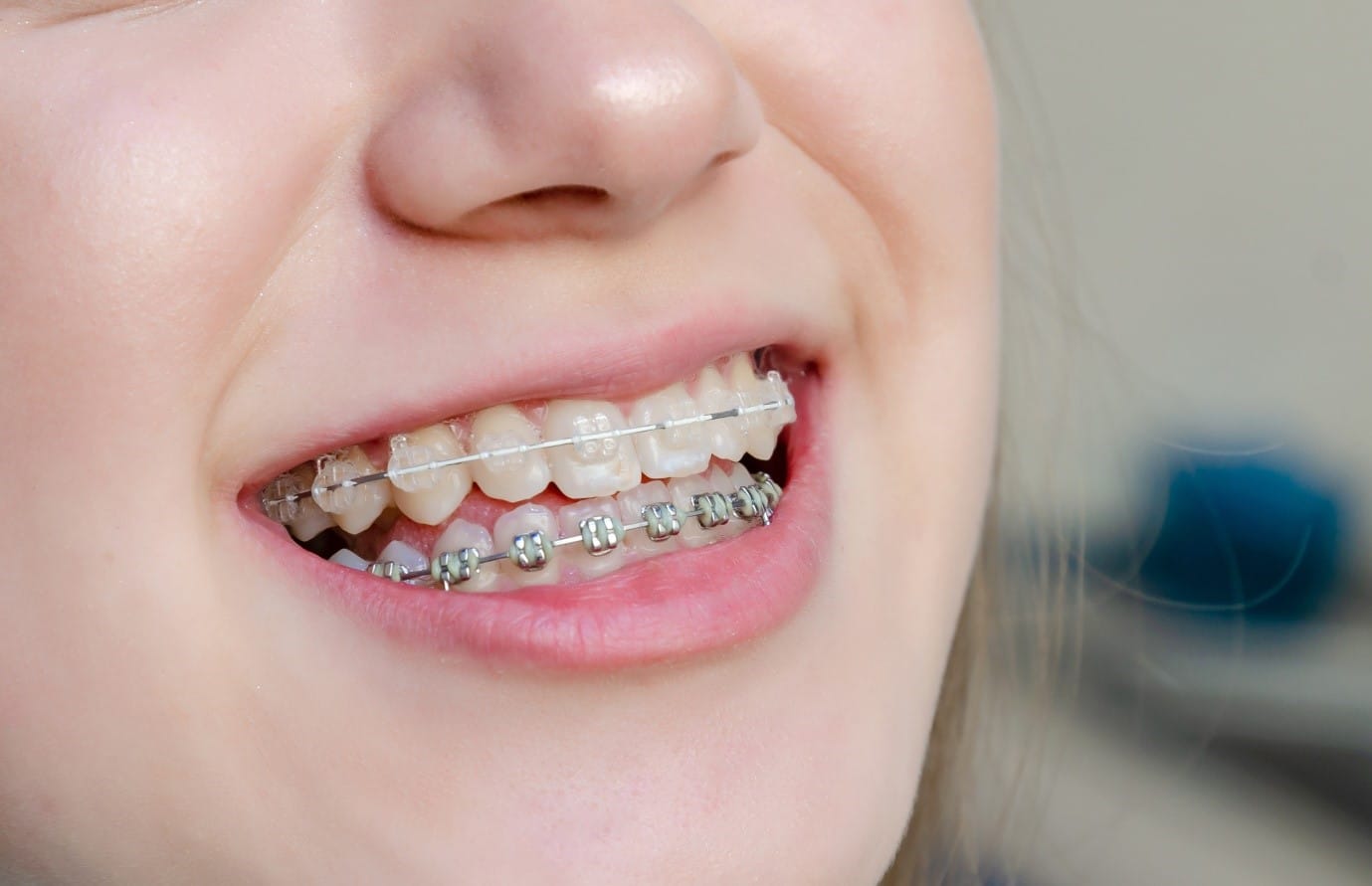
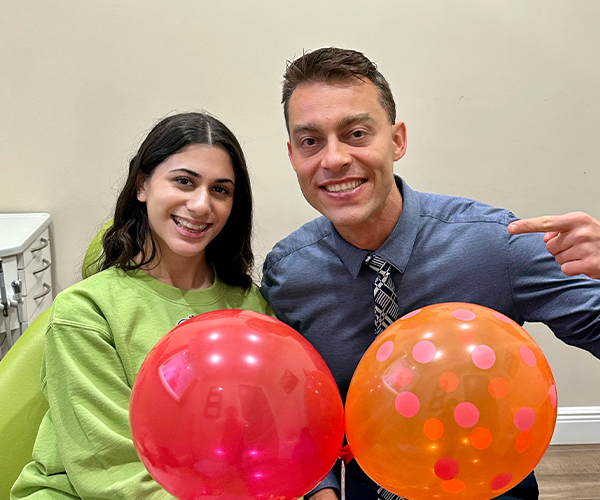
Step Into A Healthier Smile
Get your braces in just a few simple steps! Don’t miss out on your next dental appointment!
What Are the Steps for Getting Braces in Miami?
01
Initial Consultation:
First, you will meet our orthodontist in Miami. They will assess your condition, listen to your dental goals, and provide you with treatment steps to getting braces.
02
Placing the Braces:
After your initial consultation, our orthodontist will place your braces. This session will take some time as it involves cleaning your teeth and placing brackets, metal wire, and rubber bands.
03
Checkups And Adjustments:
You will be given a follow-up schedule that will make sure your treatment remains on the right track. New wires, bands, getting braces tightened, and any issues will be dealt with during these appointments.
04
Removal And Retention:
At the last step of the procedure, our orthodontist will take getting braces off and provide you with retainers that you need to wear on the regular braces to keep that beautiful smile intact!
How long does getting braces take?
The process of getting your braces generally takes one to two hours with our orthodontist. This is a structured process that starts with cleaning your teeth. Then, our orthodontist will dry them and glue them to the metal brackets. They will place a metal wire connecting all the brackets and secure it with the rubber bands. This whole procedure takes several hours to complete.
PROUDLY SUPPORTING OUR LOCAL COMMUNITIES & BEYOND


How Much Does Getting Braces Cost in Miami?
The cost of the braces is not the same for everyone. It varies depending on the following factors:
Age:
The age of the patient
Complexity:
The complexity of the case
Braces type:
The type of braces you are choosing
Duration:
The time you require to wear them
what to expect when getting braces?
Getting braces is the first step towards a clear and straight smile. When getting braces, you can expect:
Little discomfort: With the braces on your teeth, you can expect a little discomfort due to the metal wire and the brackets. However, this is temporary and can be fixed by our orthodontist with wax.
Dietary restrictions: When you have your braces on, there is a limitation on your diet. You cannot eat sugary, sticky, or hard food.
Extra dental care: You have to be extra careful with your oral hygiene practices with your braces. You are required to brush your teeth two times a day, floss daily, and follow the orthodontist’s advice.
Attention to your teeth: Many people will ask you about your orthodontic treatment because of your visible braces. You can expect a lot of attention for your teeth with your braces.
Consulting Your Orthodontist
During your orthodontic consultation, the doctor will address any questions or concerns you may have regarding your dental health or any questions regarding braces treatment. This would be an ideal time to express any concerns you have with your orthodontist. Whether it is a fear of pain, specific questions on the maintenance of braces, or exact results you would like to accomplish during your treatment to improve self-esteem and overall satisfaction with your smile; your doctor can clear up all your doubts. It can help to look at some before and after photos to see successful transformations. Your orthodontist will do a head and mouth exam of your teeth and will request an X-ray taken as well, in order to provide an accurate diagnostic for your specialized treatment.
If you choose to start treatment dental impressions will be taken which are molds of your teeth. The orthodontist will need these in order to analyze your case and provide you with the best treatment option.
What Will My First Week Of Getting Braces Be Like?
When it comes to getting braces, most people fear living with them daily. However, there is nothing to fear or worry about. Once your orthodontic appliances are placed, you could experience mild discomfort or pressure. Not necessarily painful, but rather uncomfortable, the pressure is a direct result of the wires pulling the teeth towards their optimal position.
If you are feeling uneasy in the first few days after getting braces, feel free to take a mild over the counter pain reliever to help you while you adjust. At the same time, pay attention to nutrition. After getting braces, you will have to eat soft foods for example mashed potatoes, until the discomfort goes away. Foods like yogurt, oats, rice, and soup can help you avoid aches in the teeth and jaw.
Our Smiling Gallery
Have Questions? Browse Our FAQs:
How Many Appointments Before Getting Braces?
Usually, it takes 1 to 2 appointments before getting braces for evaluation and planning.
How Long After Getting Braces Can You Eat Solid Food?
Start with soft foods; you can get back to solid food after a few days of getting braces.
What To Eat After Getting Braces?
You should go for foods like yoghurt, mashed potatoes, pasta, and other soft foods after getting braces.
Does Getting Braces Hurt?
Yes, it is normal for braces to cause some minor tooth sensitivity. However, the tendency towards pain can vary from person to person depending on their age and the complexity of the case.
How Long Do Your Teeth Hurt After Getting Braces Tightened?
The discomfort after getting braces tightened can vary from person to person. Typically, the discomfort or pain is most noticeable within the first 24 to 72 hours after the braces have been adjusted.
What Not To Do After Getting Braces Off?
Avoid sticky, hard, or sugary foods after getting braces off for some time. Further, always stick to the advice given by your orthodontist.
How Long Does Getting Braces Take?
Getting braces generally takes one to two hours during a single appointment.
How Long Is The Process Of Getting Braces?
The braces process duration varies; it will take 8 to 10 months.
How Long Do Braces Hurt After Getting Them?
Initial discomfort may last a few days after getting braces. This pain varies depending on the age and the complexity of the case.
Why Do My Teeth Hurt After Getting Braces?
The pain in the teeth is common after getting braces. It happens because your teeth are forced to move from their original position.
How Long Does It Hurt After Getting Braces?
The sensitivity after getting braces lasts for a day or two, varying from person to person.
What Is The Best Age To Get Braces?
When it comes to braces, a specific age can’t be pointed out as the best. It varies depending on various factors, such as whether the patient has fully grown teeth or not. However, the age between 10 to 14 is considered to be ideal for kids to get braces.
At this period of time, the child is entering adolescence. Their softer jawbone tissue allows braces to align easily and gives them a straight and confident smile, making 10 to 14 years of age ideal for kids getting braces.
How Do I Adapt To Wearing Braces Daily?
Living with braces daily is not as difficult as it may seem. Still, you will likely have to make some changes in your everyday routine. Here is what you need to know about life with braces:
– You will have to steer clear of chewy and sticky food such as candy as well as carbonated drinks.
– Your treatment may require you to wear a headgear along with your braces. A headgear helps bring the teeth back in their place, and you’ll have to wear it during nighttime.
– You will have to make regular appointments to maintain your orthodontic appliances firm and effective. If you lose or break a bracket, you should see your orthodontist as soon as possible to replace it. Also, your doctor will tighten the wire as the first signs of progress manifest.
– You will have to wear your orthodontic appliances at all times over a period of one to three years.
– After completing your orthodontic treatment, you will have to wear a retainer for support. Retainers are removable and should be worn at all times during the first six months, after the six months your orthodontist may instruct you to wear them every night the rest of your life. In such a way, they sustain the work braces have done in the past years.
– You will have to keep your appliances clean. Brushing very thoroughly for a minimum of two minutes is important. It is also helpful that you clean your teeth by flossing and gargling with mouth wash. Ultimately, this practice will result in a greater effect and will keep you safe from infections. By maintaining the braces hygiene optimal, you will also avoid teeth damage, plaque build-up and other diseases.
– For extra protection, you can ask your orthodontist to prescribe fluoride-enriched mouthwash.
– You will have to floss your teeth with a flexible ‘threader’ which can reach even the most remote parts in your mouth.
– You will likely use braces wax, otherwise known as orthodontic wax. This is a specifically designed product to coat the braces’ wires and keep the device protected.
Make sure you stay informed on the types of braces available today, their uses, cost, and benefits. Each orthodontic case is different, so it is best to consult your doctor to determine the best treatment for you. Let go of any prejudices you have regarding getting braces and talk to people who have undergone the treatment as well. All in all, braces are not the enemy, but can actually help you get your dream smile with minimal effort. Book an appointment for an evaluation at Ivanov Orthodontic Experts today.
What Are The Reasons To Get Braces?
- Thumb-sucking impact on front teeth
- Overcrowding of teeth
- Unclear Speech
- Gaps Between Teeth
- Crooked Teeth
- Bite Issues like overbite, crossbite, and underbite
- Jaw Pain
- Problems in chewing food
- Early or Late Tooth Loss
- Facial Imbalance
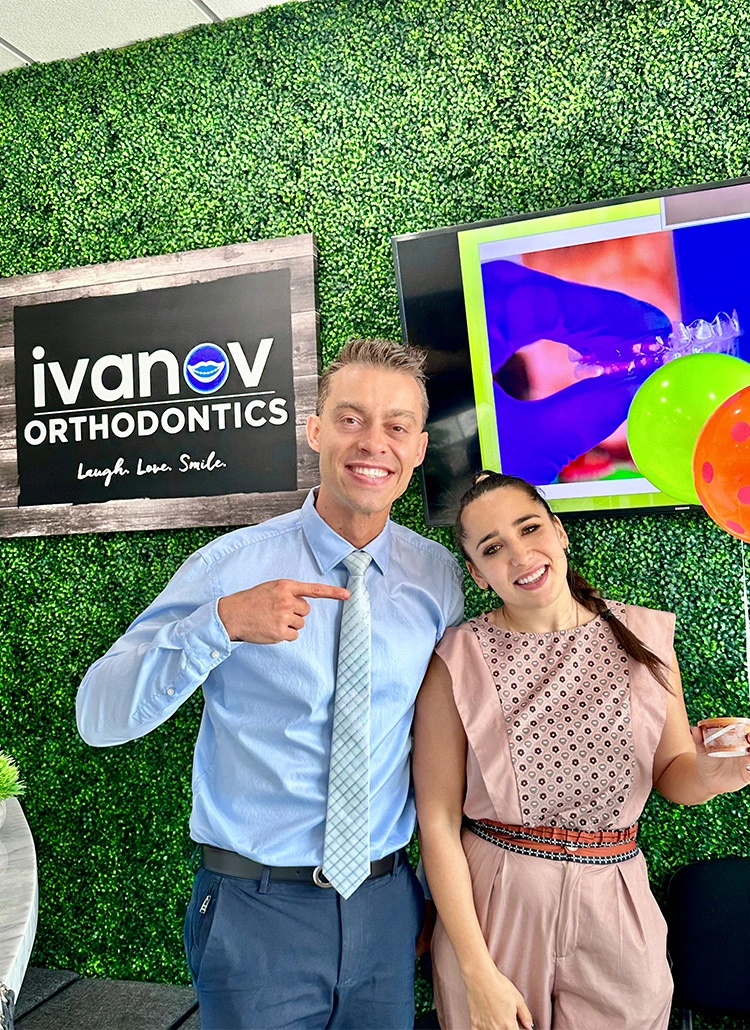
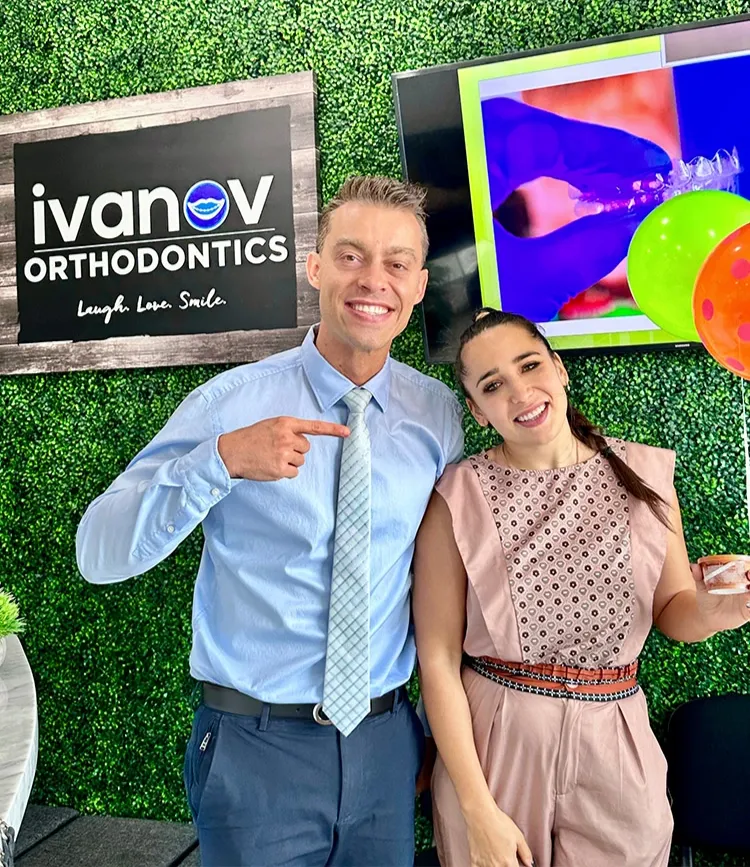
FIVE-STAR ORTHODONTIC OFFICE






